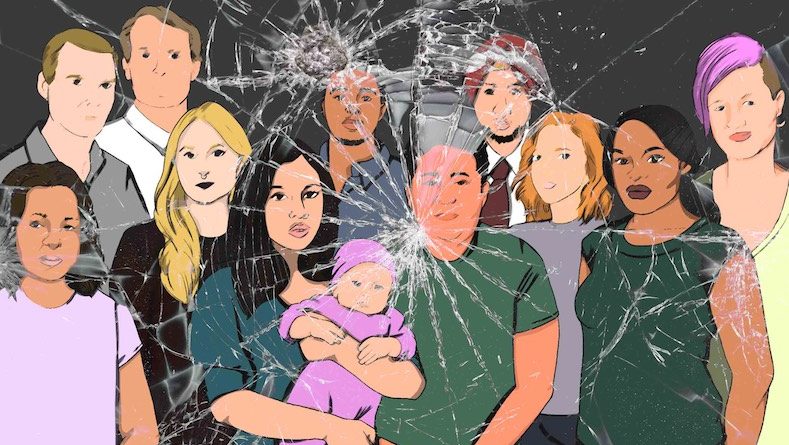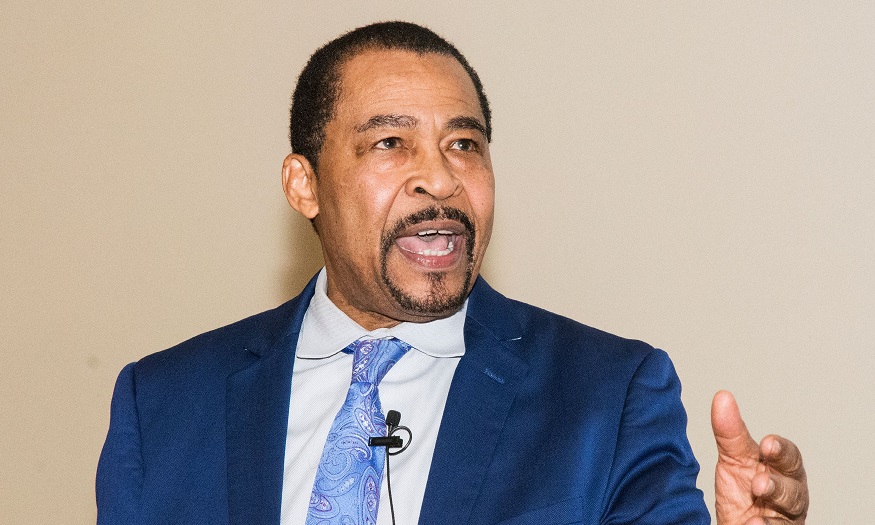Opinion: Why intersectionality in modern civil rights struggles is failing
The Women’s March, which took place on Jan. 21, was a collective of different organizations and individuals that protested against sexist and threatening comments made by Donald Trump and other politicians. It was the largest civil protest in the history of the United States, with hundreds of thousands participating in many major cities. Despite the success for the protest gaining significant visibility for women’s rights issues, many were conflicted over the lack of representation for pro-life women, women of color, LGBT women, and other groups that have significance in women’s rights issues. And while these groups earned a brief limelight, many felt as if the activism didn’t accomplish what they desired. In many ways, the Women’s March was a litmus test of intersectionality not just in the march itself, but in other protests and organizations as well.
Intersectionality is defined as the interaction or overlap between different social identities and systems of oppression or discrimination. In essence, intersectionality analyzes how class, race, gender, sexual orientation, and other factors yield oppression on different groups — mostly minority groups. Intersectionality has become a key influence on the foundation and activism of civil rights groups and other organizations, as it promises an ideal for living with tolerance and acceptance of others. In recent years, however, intersectionality has resulted in organization in-fighting as some groups claim to face more oppression, therefore believing that they have more right to speak about discrimination. This phenomenon has been termed by some scholars and pundits as the “Oppression Olympics,” and it remains a recurring plague of those who fight for social justice. Internal friction has now become common in many facets of social activism and civil rights struggles.
For example, despite activism by Muslim and LGBT individuals for their rights and reparations for grievances, many see a religious conflict on the part of Muslims to accept LGBT groups. Although LGBT groups are mostly accepting of Muslims, there is little call for religious reform to make the faith more accepting of them. This indifference may be to either prevent offense towards the religion or to avoid further persecution of LGBT individuals, particularly in Muslim-majority countries where LGBT groups are repressed or banned.
Conflict also exists between second-wave and third-wave feminists. These factions of feminism are often at odds with each other, holding different worldviews and applications of the term “feminism.” Second-wave feminists believe economic equality and social equality has been mostly achieved in developed countries, whereas developing countries need feminism the most due to oppressive religious, cultural or economic reasons. But third-wave feminists believe first world countries still have major issues to tackle, and that there is still a legitimate patriarchy oppressing women, which explains the earnings gap and other socio-economic differences between men and women. Race also plays a part in this, as some white feminists have been accused of ignorance towards the unique issues faced by African American and other minority groups, causing further infighting.
The solution, although difficult, is this: compromise or separate. If civil rights groups seek to be intersectional, they must reform or reorganize to accommodate other creeds, religions, and most importantly, opinions. If groups seek to make society more inclusive, they themselves must learn to be more inclusive of other groups and ideas. Internal intolerance not only leads to infighting among different social groups, it also slows the progress made by these groups. Internal conflict could also embolden opponents to easily attack said groups with “divide and conquer” tactics, furthering the friction between them.
Secondly, it must be recognized that some social groups — regardless of legal status quo or common social paradigm — may not be compatible. Particular cultures and religions have yet to re-examine their beliefs to accommodate more open or accepting views on race, gender, sexuality, and other key facets of identity. Civil rights groups should work to create tolerant environments both outside of different social groups as well as within them.
Finally, if certain groups in an organization are problematic by promoting extremism, criminal action or other actions that may harm the cause, it must be the prerogative of civil rights organizations to call them out. Removing the more concerning characters can make movements more legitimate in the eyes of the public and the law, garnering more support. Extremism should not be the answer to oppression. Non-violence has always been a key part of civil rights protests and its success speaks for itself. Let’s keep it that way.




